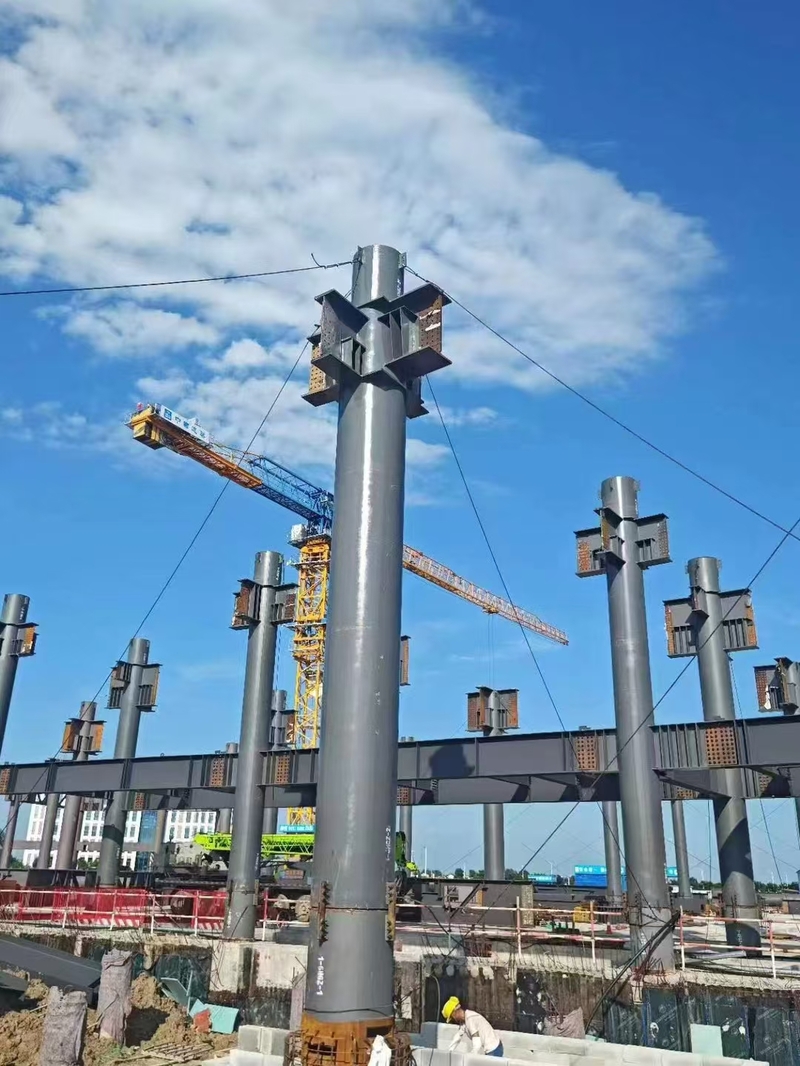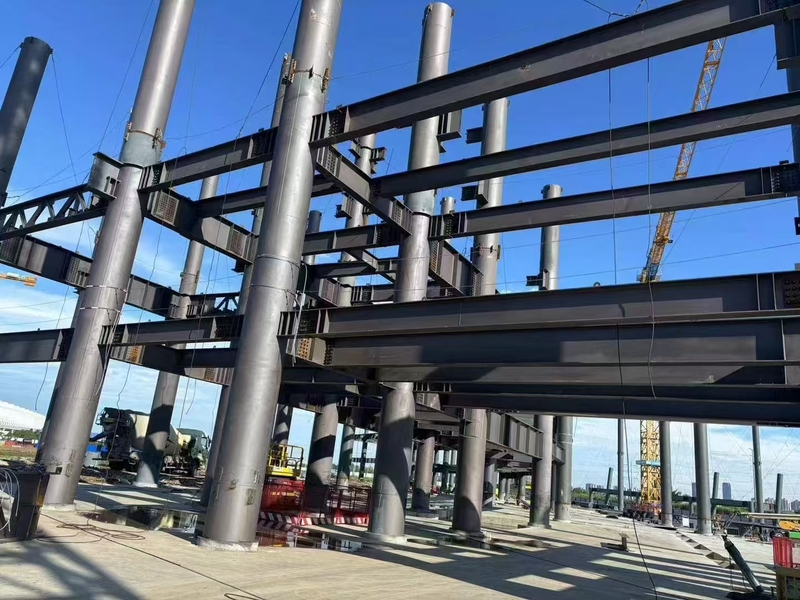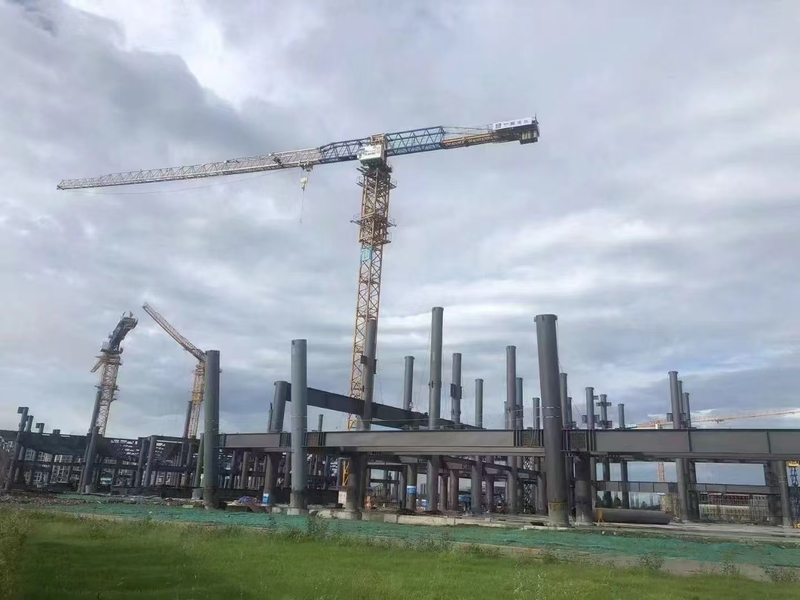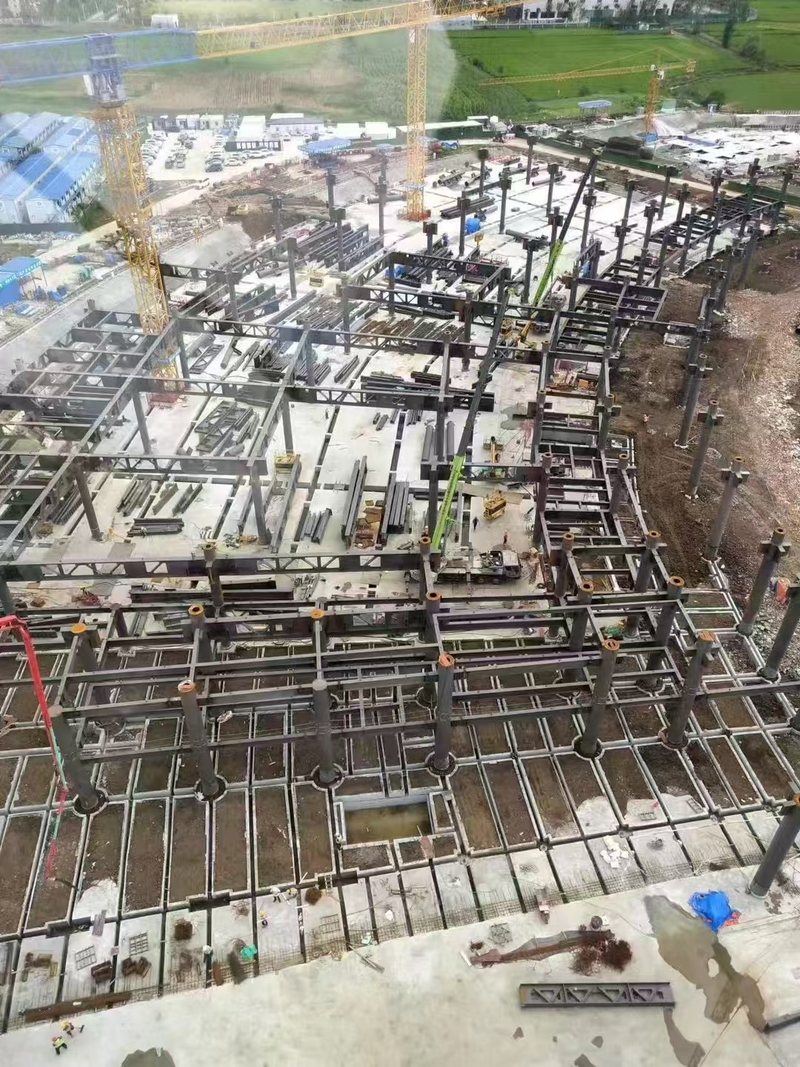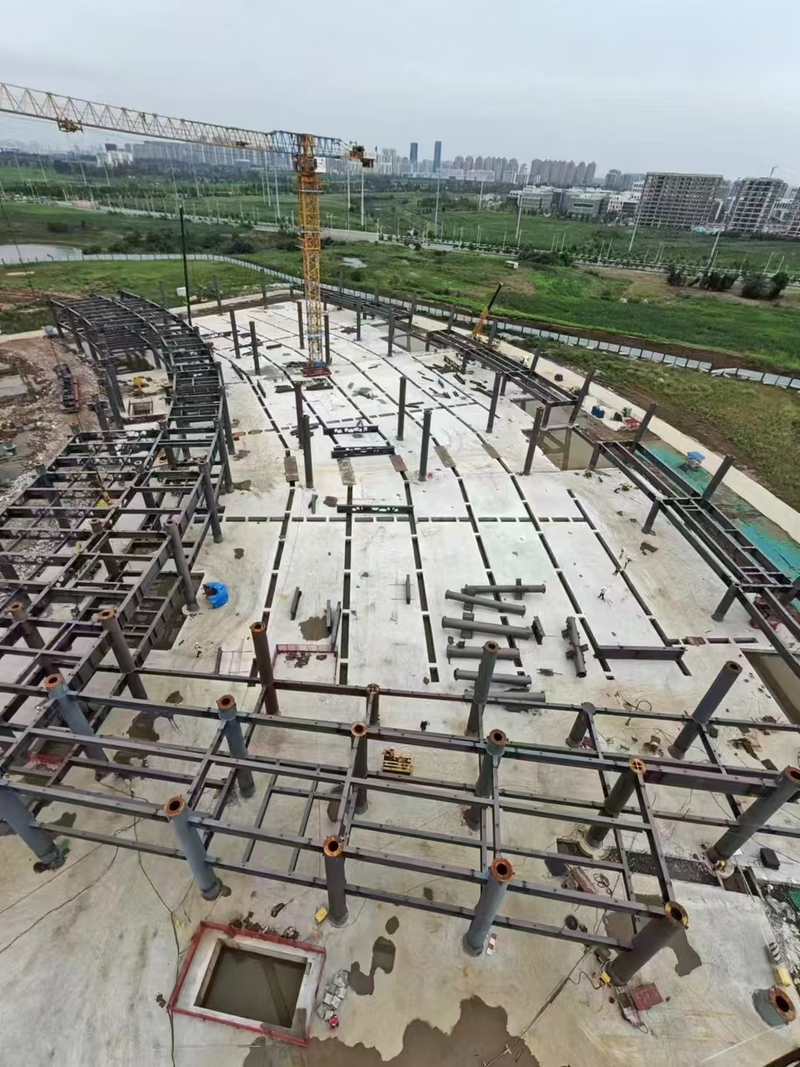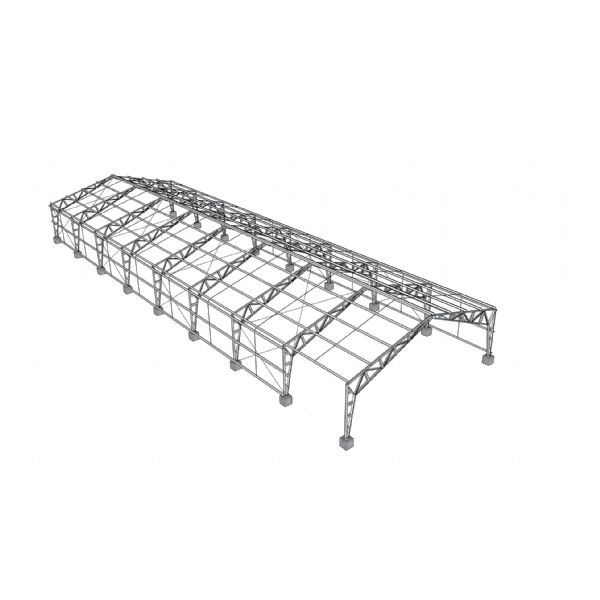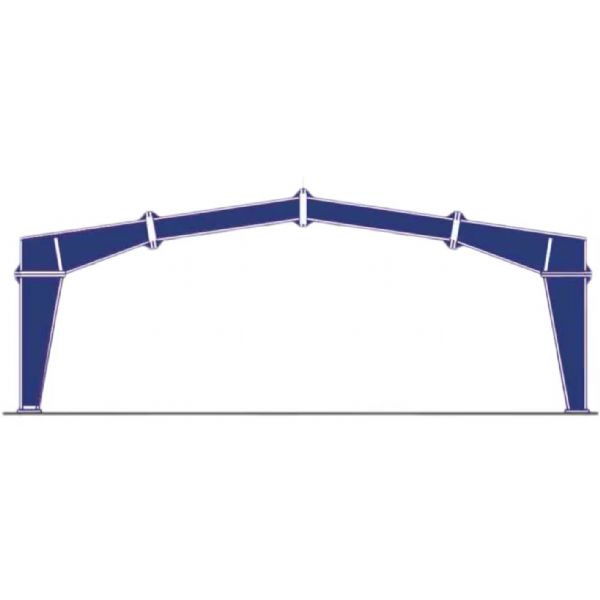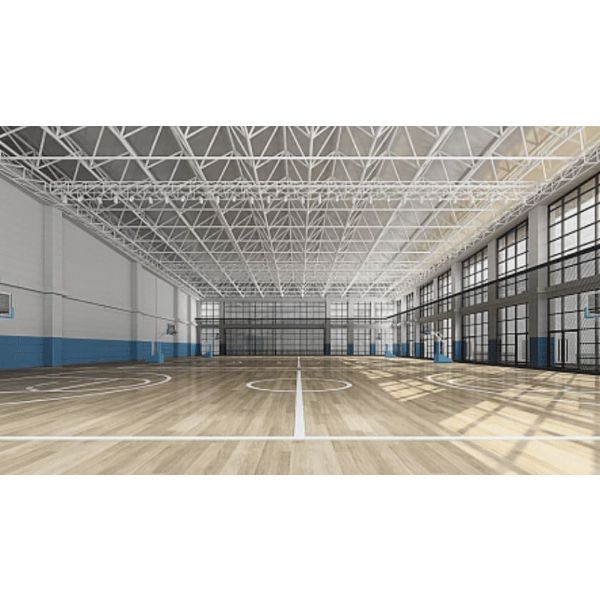Steel Structure Warehouse Detail Structure
The Steel Structure Warehouse at the Xiangyang Hanjiang River Basin Modern Agriculture Trade Center stands as a shining example of innovation, efficiency, and future-oriented development in China’s agricultural sector. Completed in 2024, this project represents not only a structural achievement but also a key infrastructure investment designed to enhance agricultural trade, logistics, and regional economic growth.
Strategic Location in Xiangyang
Located in the heart of Xiangyang, a city with a long history of farming and trade, the Steel Structure Warehouse is strategically placed within the Hanjiang River Basin. This region is known as one of the most fertile agricultural zones in Hubei Province, supplying food and raw materials to both local and national markets. By positioning the trade center here, the project ensures seamless integration between rural production and urban consumption, bridging farmers, distributors, and businesses.
Advanced Steel Structure Design
One of the most defining features of the Xiangyang Steel Structure Warehouse is its modern steel structure. With a total steel usage of 4,000 tons, the building showcases the strength and reliability of a standardized portal frame system. This type of structural design is widely praised for its durability, cost-efficiency, and adaptability, making it ideal for large-scale agricultural hubs.
The standardized portal frame allows for expansive interior spaces without the obstruction of columns, which maximizes storage and trade efficiency. This is particularly critical for an agriculture trade center, where bulk goods such as grains, vegetables, fruits, and livestock products need organized movement, packaging, and distribution.
Completion in 2024: A Milestone for Modern Agriculture
The completion of this Steel Structure Warehouse in 2024 marks a milestone in Xiangyang’s agricultural modernization strategy. The project not only provides a physical space for commerce but also sets a benchmark for sustainability and efficiency in agricultural trade. By adopting cutting-edge construction methods, the building reduces maintenance costs while delivering long-term performance, ensuring that the center can serve the community for decades to come.
Enhancing Agricultural Trade and Logistics
The Hanjiang River Basin Modern Agriculture Trade Center was conceived as more than just a storage and distribution facility. It is designed to become a comprehensive platform for agricultural trade, connecting farmers with buyers, retailers, and exporters. The Steel Structure Warehouse plays a central role in this ecosystem, offering modern logistics solutions that support faster, safer, and more efficient movement of goods.
Inside the facility, large open halls provide flexibility for market stalls, wholesale operations, and auction activities. Cold storage areas and advanced ventilation systems maintain the freshness of perishable goods, ensuring quality standards are met for both domestic and international markets.
Innovation and Sustainability in Steel Structure Warehouse
Modern Steel Structure Warehouses must balance efficiency with environmental responsibility. The Xiangyang Steel Structure Warehouse reflects this philosophy by incorporating energy-efficient systems, natural lighting through skylights, and water conservation measures. These features not only reduce operational costs but also align with global trends toward green and sustainable construction in agriculture.
The steel portal frame design further contributes to sustainability. Steel is recyclable, durable, and requires minimal maintenance, making it an environmentally friendly choice for large-scale construction projects. By choosing this material, the project emphasizes both innovation and ecological awareness.
Supporting Farmers and Regional Development
At its core, the Steel Structure Warehouse serves the farmers of Xiangyang and the surrounding Hanjiang River Basin. By providing a centralized location for trade, it reduces transaction costs and increases market access for small and medium-sized producers. Farmers can bring their goods directly to the center, participate in fair pricing, and expand their customer base.
On a regional level, the project stimulates economic growth by attracting agricultural enterprises, logistics providers, and related industries. This clustering effect strengthens Xiangyang’s role as a hub for agricultural trade and positions it as a model for other regions in China aiming to modernize their farming infrastructure.
The Future of Steel Structure Warehouses in China
The Xiangyang Hanjiang River Basin Modern Agriculture Trade Center exemplifies the future of Steel Structure Warehouses in China—multi-functional, efficient, and sustainable. As agriculture continues to evolve in the 21st century, such buildings will play a vital role in integrating technology, commerce, and community development.
By combining strong steel structure engineering with forward-looking agricultural practices, the Xiangyang project sets a high standard for similar initiatives nationwide. It demonstrates that Steel Structure Warehouses are not merely physical steel structures but essential tools for achieving food security, rural development, and economic modernization.
Conclusion
The Steel Structure Warehouse at the Xiangyang Hanjiang River Basin r is more than a construction project—it is a cornerstone of agricultural progress. With 4,000 tons of steel, a standardized portal frames steel structure, and completion in 2024, the building embodies durability, functionality, and innovation. Positioned in one of China’s most fertile regions, it strengthens the connection between farmers and markets, while promoting sustainability and regional development.
As agriculture in China advances toward modernization and globalization, projects like this will continue to redefine how we view the role of Steel Structure Warehouses in society.

